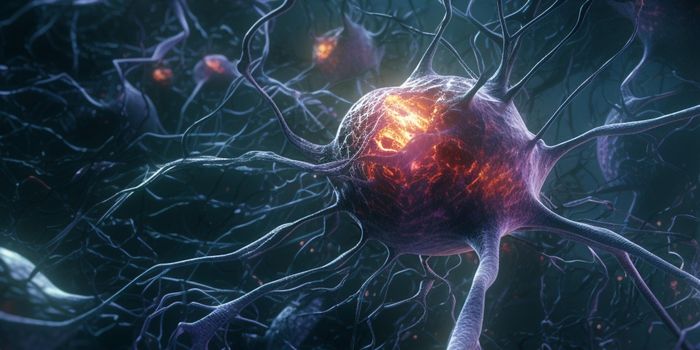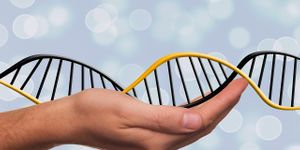Brain Organoids Reveal Cell-Specific Developmental Defects in Autism
There are genetic factors that are known to contribute to some cases of autism spectrum disorder (ASD), but understanding how those mutations can lead to ASD is very challenging. Scientists have recently developed organoids as a way to gain more insight into disorders that can involve the developing human brain. Cerebral organoids are miniature, simplified models of the human brain that can be grown in culture from stem cells. This has given researchers unprecedented insight into processes that are unique to the human brain. The impact of mutations can be analyzed by growing organoids from stem cells that carry those mutations in their genome.
Investigators have also created a tool to screen transcriptional genes that have been associated with autism. Transcription factors are very important because they can control the activity of so many other genes. Now, one organoid can be used to model a variety of mutations that affect different genes in different cells simultaneously. With the technology, called CHOOSE (CRISPR-human organoids-scRNA-seq), every organoid cell has one mutation in a particular ASD gene. The impact of individual mutations could be followed through the cell's developmental progress. Machine learning and bioinformatics tools were used to analyze all the data that was generated. The findings have been reported in Nature.
This methodology is a high-throughput and systematic method to deactivate a list of genes that cause disease. The organoids that carry these mutations can be studied as they grow to find the outcome for each type of cell, said first study author Chong Li, a postdoctoral fellow in lab of co-corresponding study author and IMBA Scientific Director Jürgen Knoblich.
“Using this high-throughput, single-cell expression data, we can quantify whether a given cell type is more or less abundant due to a given mutation, and we can also identify sets of genes that are commonly or distinctly affected by each mutation. By comparing across all the gene mutations, we can reconstruct the phenotypic landscape of these disease-linked genetic perturbations,” explained co-corresponding study author Barbara Treutlein of ETH Zurich.
The study showed that mutations in 36 genes, which have previously been linked to autism in ASD patients, cause changes in the human brain that are specific to different cell types. Mutations led to shifts in the activity of gene regulatory networks that control the function of a cell. Some types of cells were found to be more vulnerable than others to the deleterious effects of mutations, said Li.
This research demonstrated that genes that can cause autism have similar molecular underpinnings, although they cause very distinct outcomes in different types of cells, said Knoblich. This was particularly notable in some types of founder cells that create neurons, known as neural progenitors.
"This is true to the point that the pathology of autism could already emerge early during brain development. This indicates that some cell types will necessitate more attention in the future when studying autism genes,” added Li.
The scientists also obtained cell samples from patients to create organoids, and confirm that the effects they'd already observed were the same. Indeed, the patient-specific organoids had significant developmental defects that were associated with certain cell types. Data obtained from the organoids was a close match for data obtained from clinical observations in patients, said Knoblich.
Sources: IMBA - Institute of Molecular Biotechnology of the Austrian Academy of Sciences, Nature









